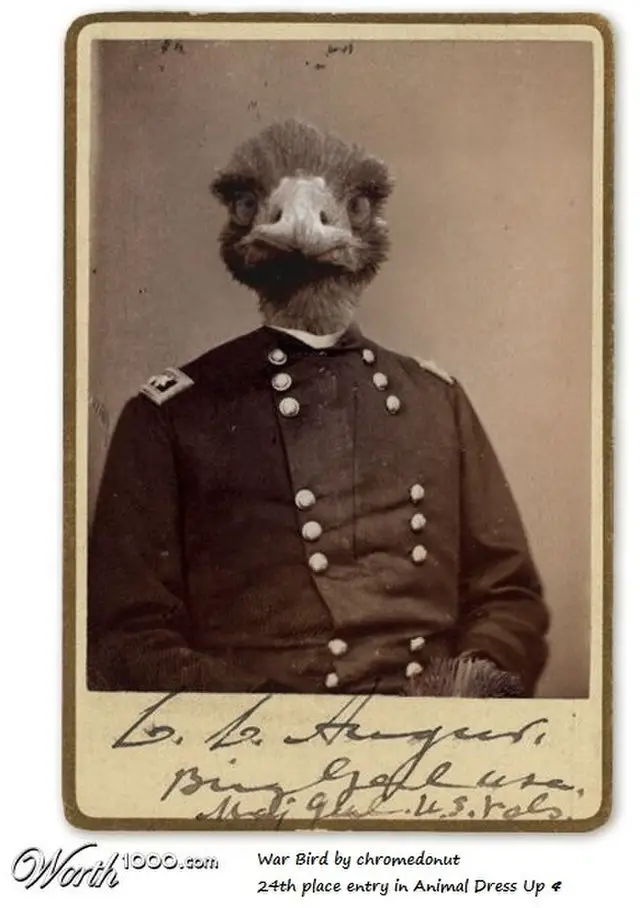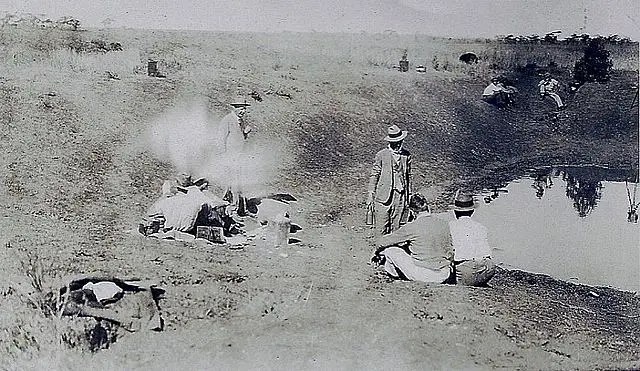Soldiers armed with machine guns face off against thousands of giant, flightless birds. The goal? Eradicate the enemy. The result? A humiliating defeat—not for the birds, but for the heavily armed humans. This isn’t the plot of a surreal comedy—it’s the true story of the Great Emu War, where Australia went to war with emus in 1932…and lost.
The Enemy: An Army of Feathered Invaders
In the years following World War I, Australian soldiers were given land to farm in Western Australia. But as they struggled to cultivate crops, they faced an unexpected problem: tens of thousands of emus invading their fields. These towering, fast-moving birds trampled crops, broke fences, and devoured grain, turning farmland into their personal feast.

The Government’s Unusual Solution
Desperate for help, the farmers turned to the Australian government, which responded in the most military way possible—by declaring war. In November 1932, Major G.P.W. Meredith and his men were sent into battle, armed with Lewis machine guns and 10,000 rounds of ammunition. The plan was simple: wipe out the emus and restore order. But what happened next defied all expectations.
The First Battle: Machine Guns vs. Emus
On the first day of combat, the soldiers encountered a flock of 50 emus. They opened fire, expecting an easy victory. But the birds proved shockingly resilient. Instead of scattering in panic, the emus split into smaller groups, zigzagging through the landscape to dodge bullets. Many survived direct hits and continued running as if nothing had happened. The soldiers quickly realized they were up against an enemy that was faster, tougher, and much harder to kill than anticipated.
A Tactical Disaster
As the days wore on, the military’s strategy fell apart. The emus outmaneuvered the soldiers at every turn. When the troops tried mounting machine guns on trucks to chase the birds down, the rugged terrain made aiming impossible, and the birds simply outran the vehicles. At one point, an entire machine gun jammed from overuse, leaving the soldiers defenseless as the emus continued their relentless march across the farmlands.
Emus: The Ultimate Survivors
One of the most baffling aspects of the Emu War was the birds’ apparent invincibility. Farmers and soldiers reported that some emus could take multiple bullets and still escape unharmed. Their long legs absorbed shock, their small heads made them difficult targets, and their sheer numbers overwhelmed the troops. Even the frustrated Major Meredith admitted, “If we had a military division with the bullet-carrying capacity of these birds, it would face any army in the world.”
A Humiliating Retreat
After weeks of failed attacks, wasted ammunition, and no real progress, the government finally called off the mission. The official kill count? Roughly 1,000 emus—out of a population of over 20,000. The birds had won. Australia had lost. The war was over.
The Aftermath: What Australia Learned
The Great Emu War became a national embarrassment, but it also left behind some important lessons. Instead of military intervention, the government later helped farmers build better fences and provided bounties to reduce the emu population in a more controlled way. Though no further wars were declared, the emus remain a symbol of nature’s ability to outwit even the most well-equipped human efforts.
The Emu War’s Legacy
Today, the Great Emu War is remembered as one of the most ridiculous military defeats in history. It’s a story of human miscalculation, the sheer resilience of nature, and a reminder that sometimes, even machine guns aren’t enough to win a battle. The emus may not have known they were at war, but they emerged as the true victors—forever cementing their place in history as the birds that beat an army.

